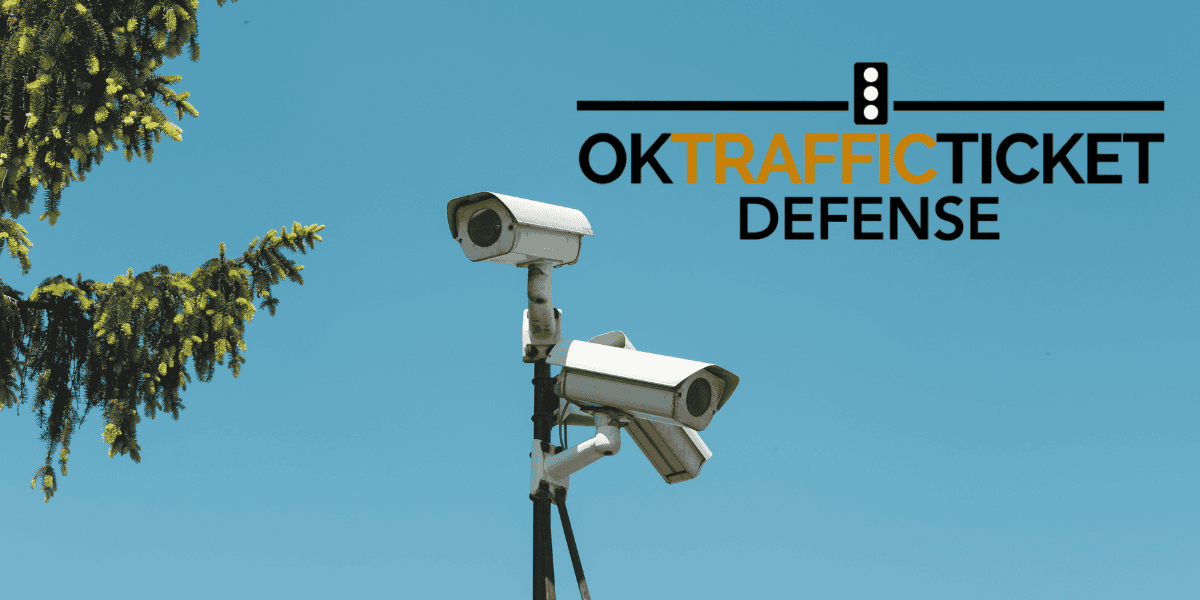
20 Oct Are Speed Cameras the Future of Road Safety or a Constitutional Grey Area?
In many cities across the United States, drivers are noticing an increase in speed cameras appearing along busy roadways, in school zones, and near construction areas.
These automated systems – equipped with radar or sensors – capture images of vehicles that exceed posted speed limits, and then issue traffic citations without the need for a police officer to be present.
It is argued that speed cameras improve public safety by reducing crashes and encouraging safer driving habits, but there are also concerns about accuracy, privacy, and whether or not these systems prioritize revenue over safety.
So, as these devices become more common, a key question remains: Are speed cameras a legitimate and constitutional method of law enforcement, or do they raise concerns about due process and privacy that warrant a closer look?
How Speed Cameras Work
Speed cameras, also called “speed safety cameras” or “automated traffic enforcement (ATE),” are roadside cameras and sensors that photograph vehicles exceeding the speed limit. They’re often used in school zones, highway work zones, and roads with a history of speed-related crashes.
As vehicles drive through areas where these cameras are installed, a sensor in the camera measures a vehicle’s speed. If the measured speed exceeds the posted limit, the camera will record an image or short video showing the vehicle, time, date, and recorded speed.
The appropriate jurisdiction (municipal or district, for example) reviews the image and issues a traffic ticket to the registered owner of the vehicle. The ticket is then sent to the address that the vehicle is registered to. This method allows police officers not to be on the scene for each violation given.
Some cities or municipalities have long-running programs; others only use cameras in specified areas where frequent violations and/or traffic accidents occur. Some states are considered “speed camera communities,” whereas other states will either only allow them in certain circumstances or ban them altogether.
What Data Shows
Research shows that, in areas where cameras have been implemented, decreases in crashes were reported, and the number of people seen driving under the speed limit decreased significantly.
Some areas also report “spillover” reductions, meaning that drivers reduce their speed in surrounding streets, therefore increasing safety and expanding the benefit beyond the monitored area(s).
However, critics argue over revenue vs. safety; it is argued that some programs are structured simply to generate revenue. Strong counters to this are that (1) many jurisdictions commit camera revenue to safety-related uses, and (2) that independent evaluations often focus on collisions saved rather than fines collected.
However, public trust typically depends on transparent site selection, publicly available crash/speed data, and spending rules. Another common critique dissects the accuracy and calibration of speed cameras.
Programs must ensure that sensors and cameras are calibrated and properly maintained; the chain of custody and human review processes reduce false citations.
Are Speed Cameras Constitutional? Legal Issues and How Courts Have Ruled
Whether speed cameras are constitutional typically depends on state law and how the program is structured. No U.S. Supreme Court decision uniformly bans or approves safety cameras.
1. Due Process and Notice/Opportunity to Contest
Issue: Does issuing a ticket to a vehicle’s owner, rather than the photographed driver, deprive a person of due process (providing someone with a chance to defend themselves)? Are the car owners unable to challenge who was driving?
Many state and federal courts have upheld automated-enforcement programs where state or local statutes allow owner liability, and where statutes provide a process to contest the citation. Some decisions emphasize that programs must preserve the right to a hearing/appeal.
2. Delegation and Private Contractors
Issue: Some challenges claim that delegating enforcement tasks to private companies (who operate the cameras or process citations) is an unlawful delegation of governmental power and/or creates a conflict of interest (profiting from fines, for example).
Courts typically permit contract use so long as the government retains final authority and oversight (review of images, approval of citations, etc.). Contracts that remove meaningful governmental control or create negative incentives are more legally vulnerable.
3. The Fourth Amendment (Unreasonable Search and Seizure)
Issue: It’s argued that photographic surveillance violates privacy or search protections. Because cameras photograph vehicles in public places and aren’t intruding into private spaces, courts generally treat them as “non-searches” or reasonable regulation of public conduct.
Even if courts generally permit cameras where legislatures authorize them, some states ban or strictly limit automated enforcement by statute or ballot measure. That means constitutionality isn’t the only barrier; state law can simply disallow the tool. Resources that summarize state laws are regularly updated and are important when evaluating a local program’s legality.
Speed Cameras in Oklahoma
Generally, speed cameras are not used in Oklahoma. An Oklahoma legislature bill has proposed allowing speed cameras in construction/maintenance zones while workers are present; however, this has not become law at this time. Oklahoma does prohibit red-light cameras, which are cameras that automatically ticket people for running red lights.
In 2019, a Senate bill made it illegal for any government entity to contract with private companies for photo-monitoring devices to detect red-light violations. Oklahoma’s classification of red-light violations being criminal offenses means that enforcement requires a human accuser, rather than an electronic device.
In contrast to other states, Oklahoma is more restrictive regarding speed cameras, with a legal culture and legislative history that does not favor camera enforcement. Concerns revolve around the privacy and due process arguments previously mentioned.
Conclusion
Speed cameras have proven to be an effective tool in reducing speeding and improving roadway safety in many U.S. cities. The data shows fewer crashes and injuries where these systems are implemented, particularly in high-risk areas such as school zones and busy intersections.
However, their growing use also raises important legal and ethical questions about privacy, due process, and governmental authority. The state of Oklahoma, for example, does not approve of speed cameras at this time, as they are not in use. There has also been no demonstrated ambition to implement them throughout the state.
As technology continues to shape law enforcement practices, courts and lawmakers in speed camera communities will likely keep revisiting this controversial topic to ensure that these programs are not only effective, but also fair and constitutional.
In non-speed camera communities, such as the state of Oklahoma, the topic may continuously be reviewed to determine if opinions will change, or if the concern of privacy and due process will prevail.



